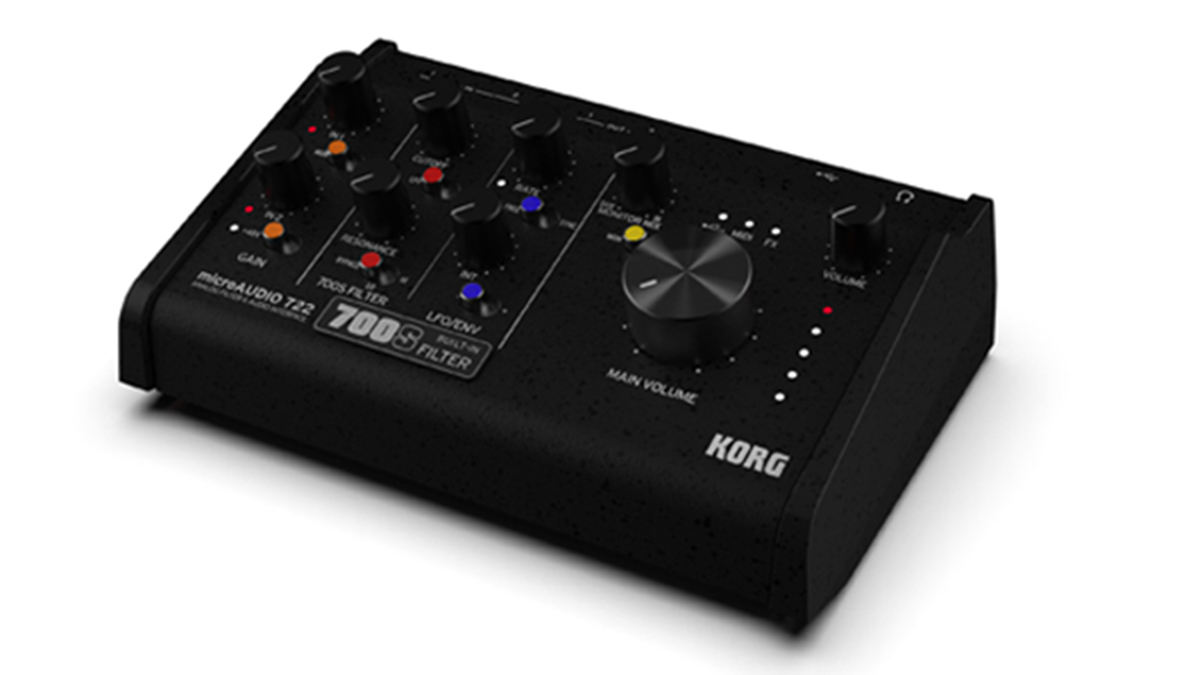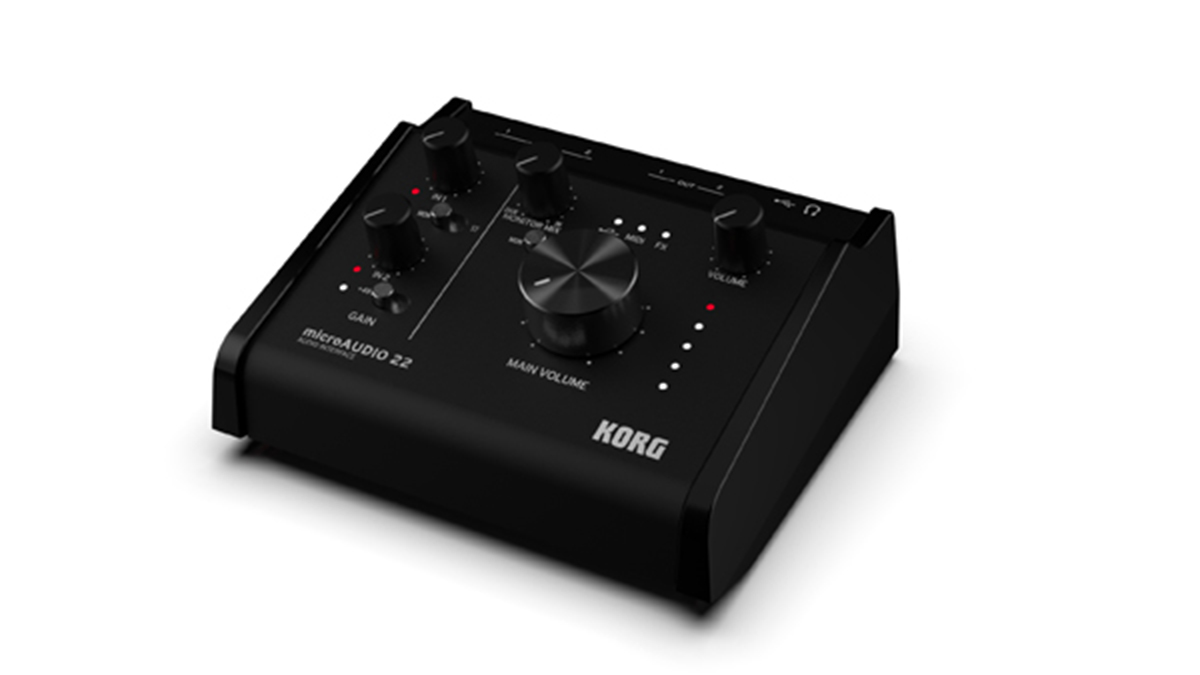NAMM 2025: Korg teases a pair of ‘concept’ audio interfaces, and one of them has a MiniKorg 700S analogue filter in it
Here’s what we know about the MicroAudio 22 and 722, which may or may not be going into production

NAMM 2025: Korg has a habit of turning up at the NAMM Show with not only its ‘official’ new products, but also a few things that it’s working on but may or may not get a commercial release. And this year, one of those things happens to be a new range of audio interfaces.
The MicroAudio 22 and 722 are “tabletop-optimised” USB-C devices with “easy-to-grab knobs”. Each offers direct monitoring, up to 24-bit/192kHz quality, a Hi-Z input and a phantom power option. There are also built-in effects, including a noise gate and a compressor.

Most of which sounds fairly by-the-numbers, and not really what you’d call - to use Korg’s words - “concept prototypes - products in their exploratory phase that push the boundaries of what’s possible in music creation.” The MicroAudio 722, however, has something special up its sockets - Korg’s 700S analogue filter.
Taken from the MiniKorg 700S, this includes both low-pass and high-pass flavours and is tweakable from the top panel. As such, the 722 definitely has a unique point of difference in comparison to other audio interfaces; whether it’s one that’s useful remains to be seen.
Other concept prototypes include the E1 Air, a slimline digital piano, and the MetroClip, an LED metronome. And, of course, we’ve already told you about Korg’s big new releases: a new version of the Kronos workstation, module and plugin version of the Multi/Poly synth, and the MiniKorg 700Sm, a downsized version of the rebooted ‘70s synth.
You can get an overview of all the company’s NAMM news on the Korg website.
Want all the hottest music and gear news, reviews, deals, features and more, direct to your inbox? Sign up here.

I’m the Deputy Editor of MusicRadar, having worked on the site since its launch in 2007. I previously spent eight years working on our sister magazine, Computer Music. I’ve been playing the piano, gigging in bands and failing to finish tracks at home for more than 30 years, 24 of which I’ve also spent writing about music and the ever-changing technology used to make it.